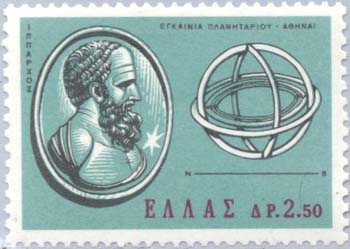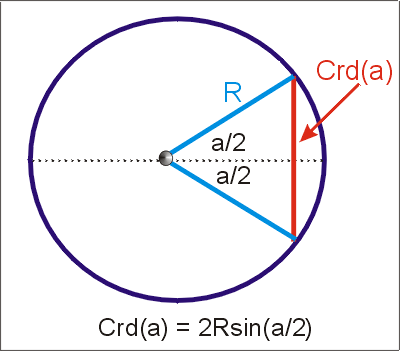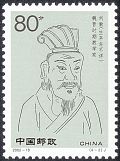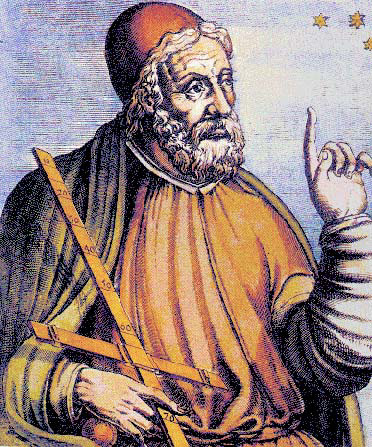 Zeno of Elea (490-430 BC): On the paradox of motion
Zeno was born in Elea and was a disciple of Parmenides.
Zeno of Elea (490-430 BC): On the paradox of motion
Zeno was born in Elea and was a disciple of Parmenides.
1. 'I understand, Parmenides, that Zeno here wants to be identified with you by his treatise as well as by his friendship, for he has written in the same style as you... For in your poem you declare that the all is one and you do a good job of proving this, while he declares that it is not many, and furnishes many impressive proofs. Now when one of you says it is one and the other says it is not many, and each speaks so as to seem not to have said any of the same things, though you are saying practically the same things'
-- Plato, Parmenides (128)
Whatever is, is indivisible and without parts and one .
1. 'For if, he says, it is divisible, let it have been cut in two, and then each of the parts in two, and as this goes on forever, it is clear, he says, that either some last least and uncuttable magnitudes will remain, unlimited in number, and the whole will be made up of an infinite number of these least things; or it will vanish and it will indeed have dissolved into nothing, and it will be made up of nothing; but these [consequences] are absurd. Therefore it will not be divided but remain one. Moreover, as it is everywhere alike, if it is indeed divisible, it will be everywhere alike divisible, and not on the one hand here but not there. Let it now have been divided everywhere; it is then clear that again nothing will remain, but it will have vanished, and if indeed it is made up [of parts], it will again be made up of nothing. For if something remains, it will not yet have come to be divided everywhere. So that, he says, it is clear from these considerations that whatever is will be undivided and partless and one.'
-- Simplicus, Commentary on Aristotle's Physics (139.27-140.6)
3. 'But if it exists, each thing must have some size and thickness, and part of it must be apart from the rest. And the same reasoning holds concerning the part that is in front. For that too will have size and part of it will be in front. Now it is the same thing to say this once and to keep saying it forever. For no such part of it will be last, nor will there be one part <of any such part> not related to another. Therefore, if there are many things, they must be both small and large; so small as not to have size, but so large as to be unlimited.'
-- Simplicius, Commentary on Aristotle's Physics (145.1)
If not one, then unlimited
4. 'If there are many, they must be just as many as they are and neither more nor less than that. But if they are as many as they are, they would be limited. If there are many, things that are are unlimited. For there are always others between the things that are, and again others between those, and so the things that are are unlimited.'
-- Aristotle, Physics (6.9 239b9-13)
Impossibility of Motion
1. 'What is moving is moving neither in the place in which it is nor in the place in which it is not.'
-- EGP, p. 157
2. 'For if, he says, everything is always at rest when it is in a space equal to itself, and if what is traveling is always in such a space at any instant, then the traveling arrow is motionless.'
-- EPG, p. 155
3. 'The first maintains that nothing moves because what is traveling must first reach the half-way point before it reaches the end.'
-- EGP, p. 155
4. 'The second is the so-called Achilles. This maintains that the slowest thing will never be caught when running by the fastest. For the pursuer must first reach the point from which the pursued set out, so that the slower must always be ahead of it.'
5. "The fourth is the argument about the bodies moving in the stadium from opposite directions, an equal number past an equal number; the one group starts from the end of the stadium, the other from the middle; and they move at equal speed. He thinks it follows that half the time is equal to its double."
-- EGP, p. 156
The impossibility of places
1. 'It is clear that nothing can be in itself as its primary place. Zeno's puzzle -- that if places exist then they will be in something -- is not difficult to resolve. For nothing prevents the primary place of a thing from being in something else -- but not in it as in a place.'
-- EPG, p. 157
2. 'Zeno's argument seemed to do away with the existence of place. It was propounded as follows: If places exist, they will be in something; for everything that exists is in something. But what is in something is in a place. Therefore places are in places -- and so on, ad infinitum. Therefore places do not exist... Eudemus relates Zeno's view as follows: Zeno's puzzle seems to lead to the same conclusion. For he claims that everything that exists is somewhere. But if places are among the things that exist, where will they be? Surely in another place -- and that in another, and so on.'
-- EGP, p. 157-158













